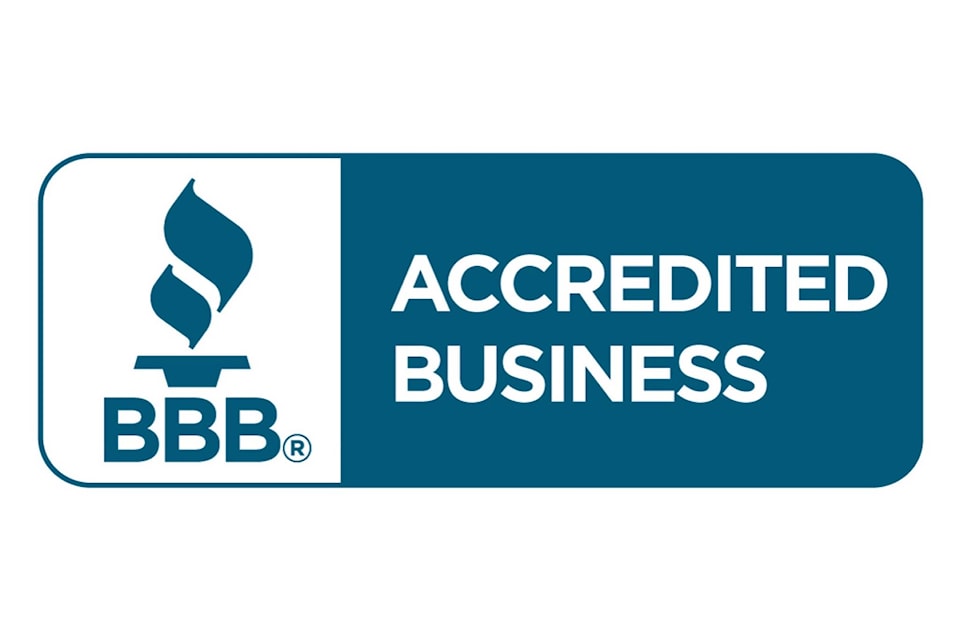A new study by Better Business Bureau finds it’s not a matter of if you will become a target of computer technical support scammers, but when these scammers will try to victimize you.
Thieves, most of whom are located in India, are using sophisticated advertising and carefully crafted sales techniques to scare consumers into buying phoney fixes for their home and business computers. BBB warns consumers to remain on guard so they can combat these fraudsters.
The report, “Pop-Ups and Impostors: A Better Business Bureau Study of the Growing Worldwide Problem of Computer Tech Support Scams,” says that anyone who owns or uses a computer is a potential target. Complaints about the fraud continue to mount as Microsoft, a software company whose name is routinely used by the scammers, reports it receives more than 12,000 complaints worldwide every month.
The report recommends a tougher, more-coordinated effort by U.S. law enforcement, including the filing of civil and criminal cases against the scammers. It urges law enforcement in India and other foreign countries where the scammers originate to make computer tech fraud a high priority. It also asks search engine companies to carefully vet, set strict standards and consider eliminating sponsored links for tech support firms that do not meet standards.
“This has been a problem for years,” says Evan Kelly, Senior Communications Advisor for BBB serving Mainland BC. “Scammers use the names of any and all big tech companies from Microsoft to Norton to Dell. First and foremost, these companies do not contact you if you have a problem with your computer. Another easy way to know you’re being targeted is the scammers are now asking for payment in Bitcoin.”
* Consumers typically are lured into the scheme by four ways — by either a pop-up ad on their computer; an unsolicited phone call from a “technician” claiming to have detected problems with the user’s computer; via ransomware attached to an email; or by Internet searches for technical support on sponsored links.
* Most people lose money through the use of credit cards or debit cards (55 percent). Cheques (36 percent) are the second-most-common form of payment.
* The problem is worldwide with North American residents accounting for 33.6 percent of victims. The scam also is popular in Australia (25.4 percent of victims) and Singapore (22.4 percent).
* Studies show that 85.4 percent of the scammers come from India. Less than 10 percent of the scammers operate inside the U.S.
* According to the FBI, consumers lost more than $21 million to the scheme in the first nine months of 2017.
The report was prepared by C. Steven Baker, BBB International Investigations Specialist. Baker is the retired director of the Federal Trade Commission’s Midwest Region.
BBB offers tips for consumers to avoid being caught in a computer tech support scam:
* Research tech support companies before you decide to do business with them. Go to bbb.org to search for BBB Business Profiles.
* Double-check all the details. If you’re directed to an official company website, make sure that it’s the real company’s site by double-checking the spelling of the company’s name in the website address. Anything that claims to be from “Microsoft,” for example, is a scam.
* If a caller claims to work for a reputable company, ask them to tell you their name or their employee ID, and in which department they work. Then look up and call that company’s official customer service line and ask to be directed to that employee. Do not use a phone number provided to you by the caller.
* If your computer has been compromised, don’t panic. You may still be able to get your machine fixed. Scammers are relying on you to make hasty decisions, you’ll be better able to avoid their traps if you slow down and don’t rush.
* Make sure you’re using a quality, up-to-date antivirus software. Make sure you are running the latest version of the software.
* Change your passwords. First, change the password to any account or machine the scammer has or could access. Then change the passwords on any account that you were logged in to on your machine, as well as any accounts for which you use the same or very similar login credentials.
* Call your credit card company. If you made a payment by using your credit card, the company will help you to appeal any unauthorized charges and to get a new card.
* Victims can report it to BBB’s Scam Tracker.
